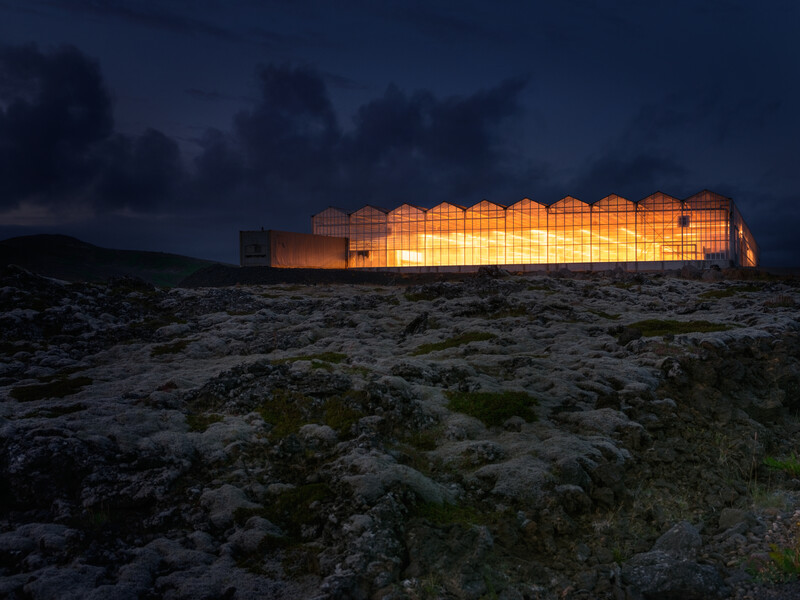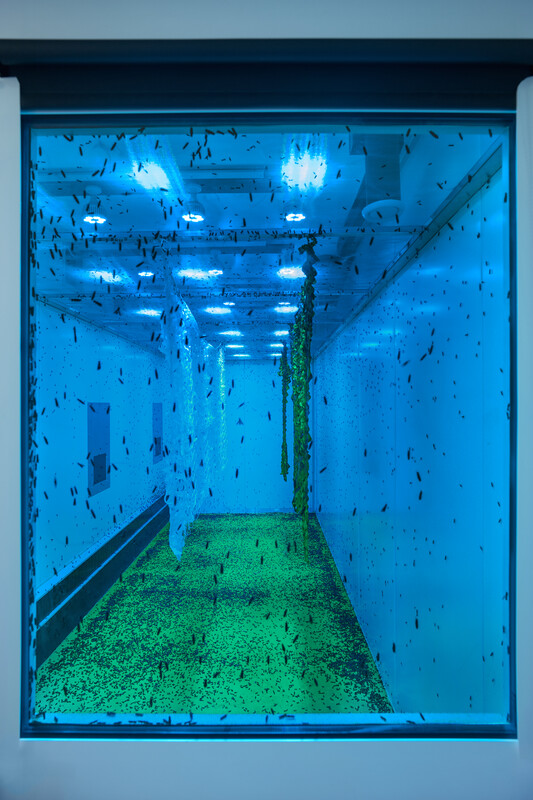The Circle
© Luca LocatelliThe Circle is an important representation of a philosophical paradigm: circularity. A natural distillate of the set of ideas and characteristics associated with the figure of the circle, circularity suggests an approach consistent with the immutable laws of nature, balanced and equidistant, decisive: an existence that closes the circle is an existence that is complete and fulfilled. Circularity is also a paradigm that has found one of its most important contemporary expressions in economic theory as the opposition to the unsustainability of linearity, based on exponential consumption and growth.
The Circular Economy is developed with the intention of addressing the problems caused by the linear development of economic, production and social activities, proposing potential long and short-term solutions. It is a production and consumption model that involves sharing, lending, reusing, repairing, reconditioning and recycling existing materials and products for as long as possible in order to protect and regenerate natural resources.




Climate change, agricultural and industrial production, and individual consumption are just some of the causes that deplete the planet's resources well before they can be regenerated. Moreover, the profound disparity between wealthy countries and those that are poor causes the scarce resources at our disposal to be squandered in large part by the very countries that cause them to dry up. Every year we run out of available planetary resources earlier than the year before, borrowing what we need from the following year - without ever returning to a break-even point. The moment we run out of resources every year is called Overshoot Day, and for 2023 it was the 2nd of August. It is like having just one bottle of water available for the whole day and having to make it sufficient for four people. One of these people uses it all up indiscriminately before the day is over and, in order to survive, you have to open the next day's bottle. This happens every day, while the water runs out earlier and earlier.
The regeneration of resources (materials, waste, a greater awareness of consumption, and eliminating greenhouse gas emissions as much as possible are key factors in the transition to a circular balance, rooted in the identification of Nature-based Solutions. Strategies that tap into the power and potential of natural processes. The European Commission defines Nature-based Solutions as "solutions inspired and supported by nature, which are cost-effective, provide simultaneous environmental, social and economic benefits and help build resilience. These solutions bring greater quantity and diversity of nature and natural features and processes into cities, landscapes and seas through systemic, locally adapted and resource-efficient interventions".
click to view the complete set of images in the archive
 Coastal areas offer excellent soil and climate conditions for agriculture. Agricultura products find markets in tourism and handicrafts, while port facilities facilitat trade. However, coastal agriculture faces several challenges due to temporar ocean/sea activities that produce air and saline water and coastal land inundation and erosion.
Coastal areas offer excellent soil and climate conditions for agriculture. Agricultura products find markets in tourism and handicrafts, while port facilities facilitat trade. However, coastal agriculture faces several challenges due to temporar ocean/sea activities that produce air and saline water and coastal land inundation and erosion. Here, barley is cultivated in a high-tech, environmentall friendly greenhouse located in a black lava field on the Reykjanes Peninsula, utilisin Iceland's rich geothermal and renewable resources. Here, barley grains are used asvehicle for large-scale recombinant protein production, providing a more efficient an safer method than other protein expression systems.
Here, barley is cultivated in a high-tech, environmentall friendly greenhouse located in a black lava field on the Reykjanes Peninsula, utilisin Iceland's rich geothermal and renewable resources. Here, barley grains are used asvehicle for large-scale recombinant protein production, providing a more efficient an safer method than other protein expression systems. The world's first experiment in underwater farming, located in Noli, Liguria. The project began in 2012 to recreate idea growing conditions for basil, which is essential for making pesto.
The world's first experiment in underwater farming, located in Noli, Liguria. The project began in 2012 to recreate idea growing conditions for basil, which is essential for making pesto.Like most plants, basil needs sunny environment, moist soil and constant temperature, conditions that do not exist in some areas of the planet and are difficult to maintain even in the most historically suitable places. This is due to climate change, which leads to a reduction in agricultural productivity, which is bound to decline over time.
 Wall of jeans about to be recycled.
Wall of jeans about to be recycled.This German company specializes
in "sorting." This plant in Germany, has bee recycling used textiles sinc 1999. Over 100,000 tons of used clothing is processed here eac year within its Wolfen-Bitterfeld facilities The percentage distribution of collected goods is as follows 40% Wearable Textiles, 35% Recyclable Textiles, 10% Shoes 10% Accessories/Household, 5% Other.
The collected goods are divided into 400 categories.
Within wearable textiles, th percentage distribution is as follows:50% Women's Clothing 40% Men's Clothing, 10% Children's.
 This Austrian company grows algae for human consumption.
This Austrian company grows algae for human consumption.Here an operator collects chlorella vulgaris powder. When all types of algae ar considered, this family of flora produces about half of the planet's oxygen Algae like trees can suck carbon dioxide out of the atmosphere. With algae however, there are different possibilities based on size and composition.
Algae excel in a special type of carbon removal method calle bioenergy with carbon capture and storage (BECCS). To date, two research changes are being investigated: 1) how to use algae to remove carbon and 2 how to use the captured carbon for other purposes, such as fuel, food and heat.
 The test of one of the fishing nets recovered from the sea. So far in this reality they have rid the sea of more than 773 tons of fishing nets and other marine waste, thanks to the help of 250 volunteers and 1250 fishermen and farmers.
The test of one of the fishing nets recovered from the sea. So far in this reality they have rid the sea of more than 773 tons of fishing nets and other marine waste, thanks to the help of 250 volunteers and 1250 fishermen and farmers.By analyzing the value chain of Nylon 6 production, it was discovered that the greatest negative impact on our planet came from the raw materia extraction stage. Here a technology was found to replace caprolactam (the main component for the production of Nylon 6, which is derived fro petroleum) with alternative raw materials from recycling various types of waste nylon.



